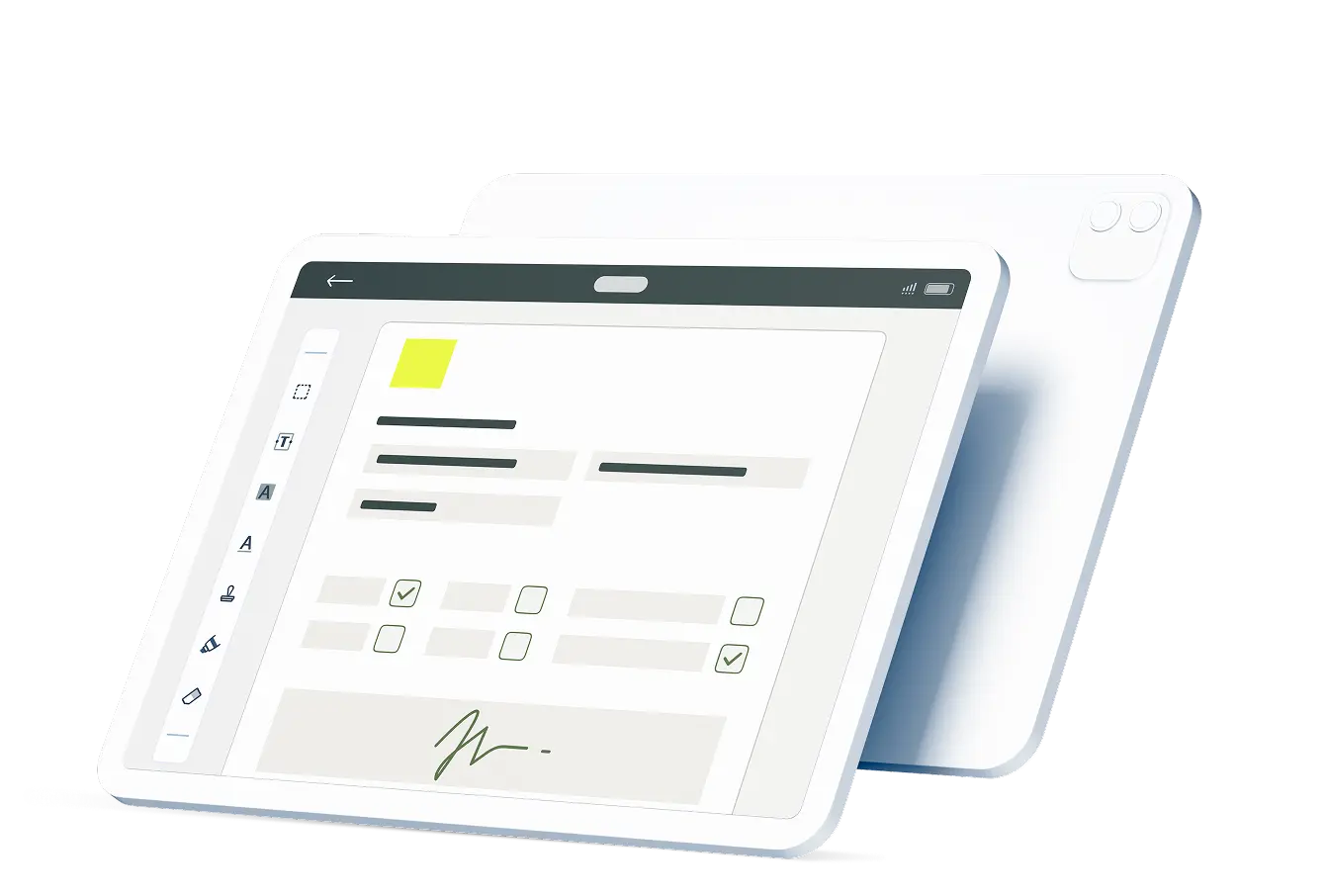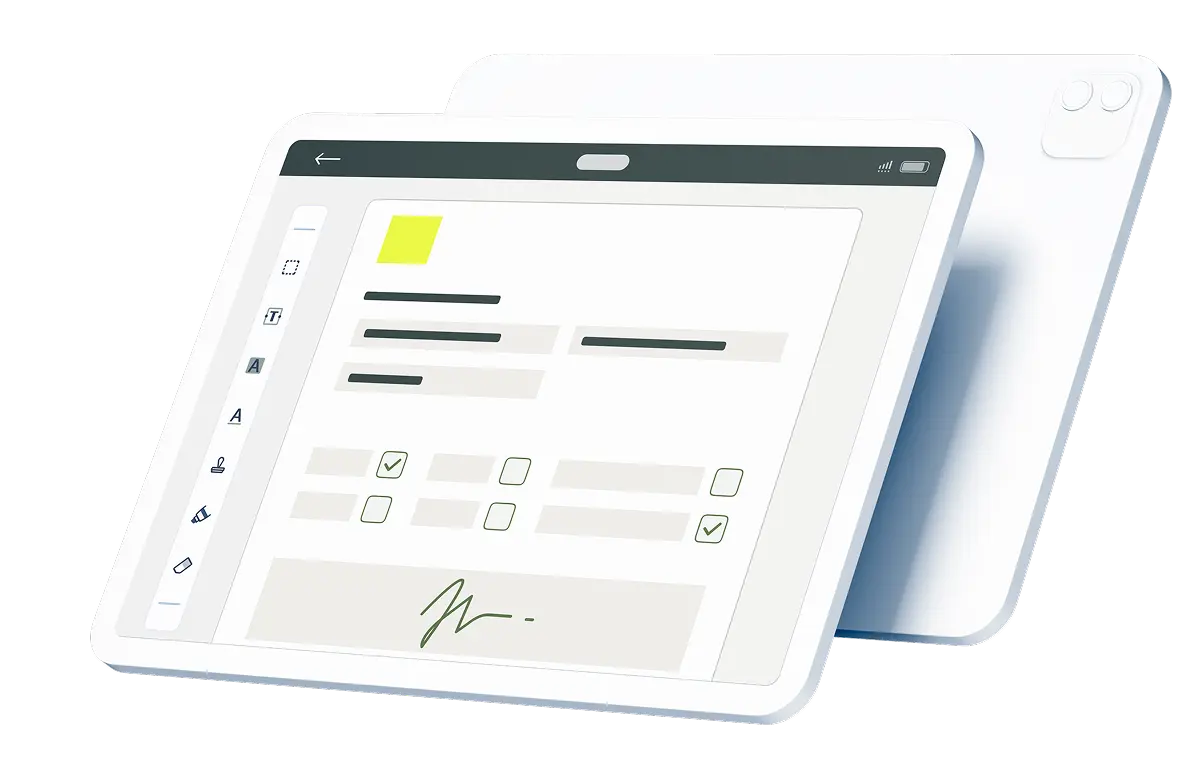Construction projects involve multiple parties, including contractors, subcontractors, and suppliers. All of them enter different kinds of financial relationships at some point, and lien waivers serve to ensure everyone is paid appropriately, and no payment disputes will later arise.
By keeping your lien waivers clean and neat (and ideally, managing them with professional construction field software like Fluix) you as a construction manager, can always verify that the work performed has been paid for on your end.
Contents:
What Is a Lien Waiver?
Not the easiest term to pronounce, a lien waiver is a legal document that is used in the construction industry as a receipt of payment from a contractor, subcontractor, materials supplier, or other party involved in a construction project. The waiver serves as a proof that the party has received payment and consequently waives any future lien rights to the property.
A construction lien waiver is a critical tool that helps maintain a clear and smooth operation in construction projects. It protects the property owner from the risk of a lien being placed on their property due to unpaid debts by any of the parties involved in the construction project.
Types of Lien Waivers
There are four main types of waivers of lien waivers forms, each corresponding to a different stage of the construction process and type of payment:
- Conditional Lien Waiver on Progress Payment: You use this type when making a partial payment during the project. It acknowledges that the funds have been received but are still subject to certain conditions, such clearance or depositing cleared or deposited. The conditional lien waiver offers some protection to the payer until the conditions are met.
- Unconditional Lien Waiver on Progress Payment: You issue an unconditional lien waiver when making a partial payment, and the payee acknowledges that the payment has been received in full. By signing this digital or printable lien waiver form, the payee gives up the right to file a lien for the amount covered by the payment.
- Conditional Lien Waiver on Final Payment: You use a conditional lien waiver on the final payment when the project is nearing completion and you need to make the final payment. It acts as an assurance that the final payment will be made, subject to specific conditions such as the absence of any pending disputes or claims.
- Unconditional Lien Waiver on Final Payment: The unconditional lien waiver on final payment is signed when the final payment has been made and the payee acknowledges that they have received the full payment amount. By signing this waiver, the payee forfeits the right to file a lien for the completed project.
What Should a Lien Waiver Template Include?
Like with other construction contracts, you need to pay significant attention to creating a lien waiver template. A well-designed one should include the following essential elements:
- Heading: Clearly indicate that the document is a lien waiver form.
- Project Information: Include details about the construction project, such as project name, location, and owner’s name.
- Contractor Information: Provide information about the contractor, including their name, address, and contact details.
- Payee Information: Include the name, address, and contact details of the party receiving the payment.
- Payment Details: Specify the amount of payment being made or to be made, including any relevant dates or milestones.
- Lien Waiver Type: Clearly state the type of lien waiver being used, whether it is conditional or unconditional, and whether it applies to progress payments or final payments.
- Release of Claims: Include a statement indicating that by signing the lien waiver, the payee releases all claims and rights to file a lien against the property for the specified payment.
- Conditions or Limitations: If applicable, outline any specific conditions or limitations that must be met for the lien waiver to remain valid.
- Signatures: Provide space for the payee to sign and date the lien waiver, acknowledging their agreement to the terms and conditions.
- Notary Public: If required by local laws or regulations, include a section for a notary public to witness and notarize the lien waiver.
Best Practices for Lien Waivers Management
The more diligently you manage lien waivers, the more trust and positive relationships with stakeholders you can build.
By demonstrating a commitment to timely payment, you can also speed up numerous processes within organization, from project procurement management to work order change. So how to create a nice lien waiver template? Consider the following steps:
- Utilize standardized templates: Opt for pre-designed lien waiver templates or collaborate with legal professionals to create customized templates that align with your specific requirements, including a subcontractor agreement templates. Standardization ensures consistency and compliance across projects.
- Document payment milestones: Clearly establish payment milestones in the contract and maintain accurate records of payments made and received, which is a key part of effective construction budget management. These records serve as the foundation for the lien waiver process.
- Issue and collect waivers promptly: Issue lien waivers promptly upon receiving payments and collect them from contractors, subcontractors, and suppliers without delay. Timely completion avoids confusion and potential disputes.
- Implement a centralized system: Employ a centralized system or software solution to store, organize, and manage lien waivers. This streamlines the construction process, reduces paperwork, and allows for easy access and retrieval of waivers as needed.
- Automate reminders and notifications: Leverage technology to automate reminders and notifications for upcoming payments and lien waiver requirements. This ensures timely compliance and minimizes the risk of delays or oversights.
- Regularly review and update processes: Continuously evaluate the lien waiver process to identify areas for improvement and enhance efficiency. Seek feedback from stakeholders and adjust procedures accordingly.
- Seek legal guidance: Given the complexity of construction laws and regulations, consulting legal professionals experienced in construction contracts and lien waivers can provide valuable insights and ensure compliance.
Managing Construction Lien Waivers in Fluix
We at Fluix can give you a hand with creating, filling in, sharing and storing all kinds of construction project documentation. You can easily create a lien waiver from scratch or use ready templates, send them to any stakeholder through digital construction workflows, and securely store in the cloud.
Progress tracking and automated notifications can ensure that all stakeholders stay informed and that the lien waiver process remains on schedule. The centralized document repository facilitates easy retrieval of executed waivers, enabling efficient record-keeping and audit preparation.

